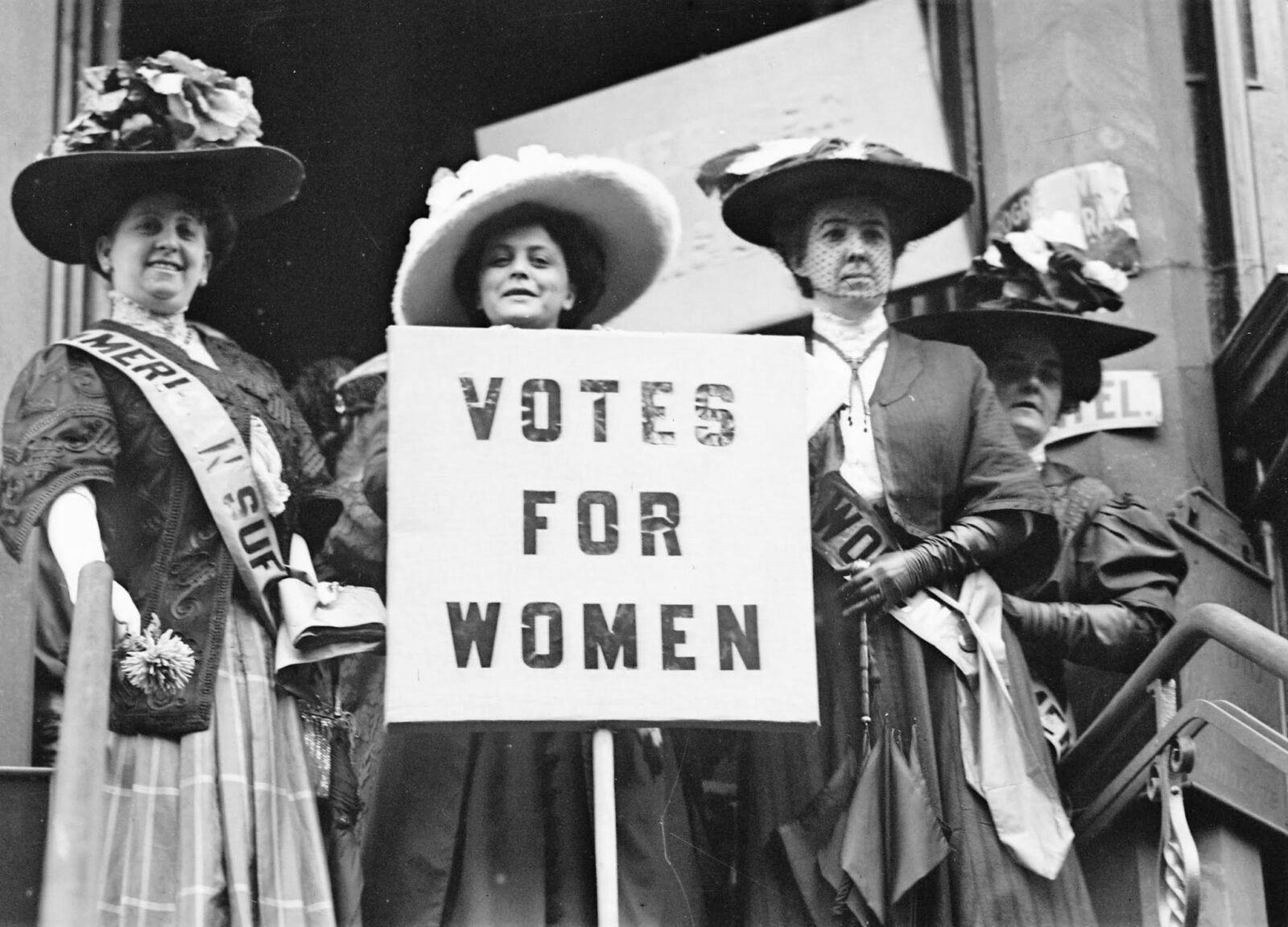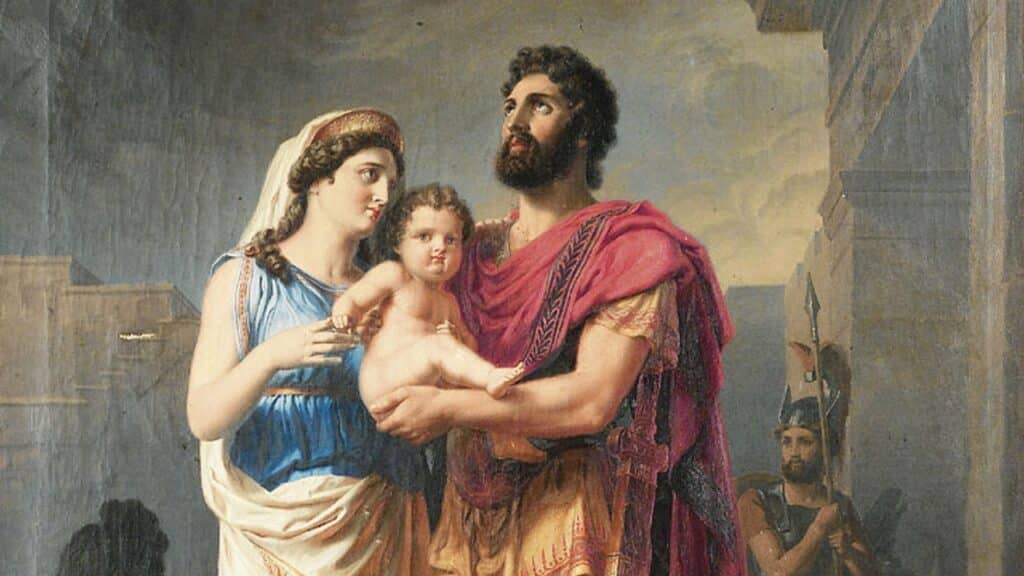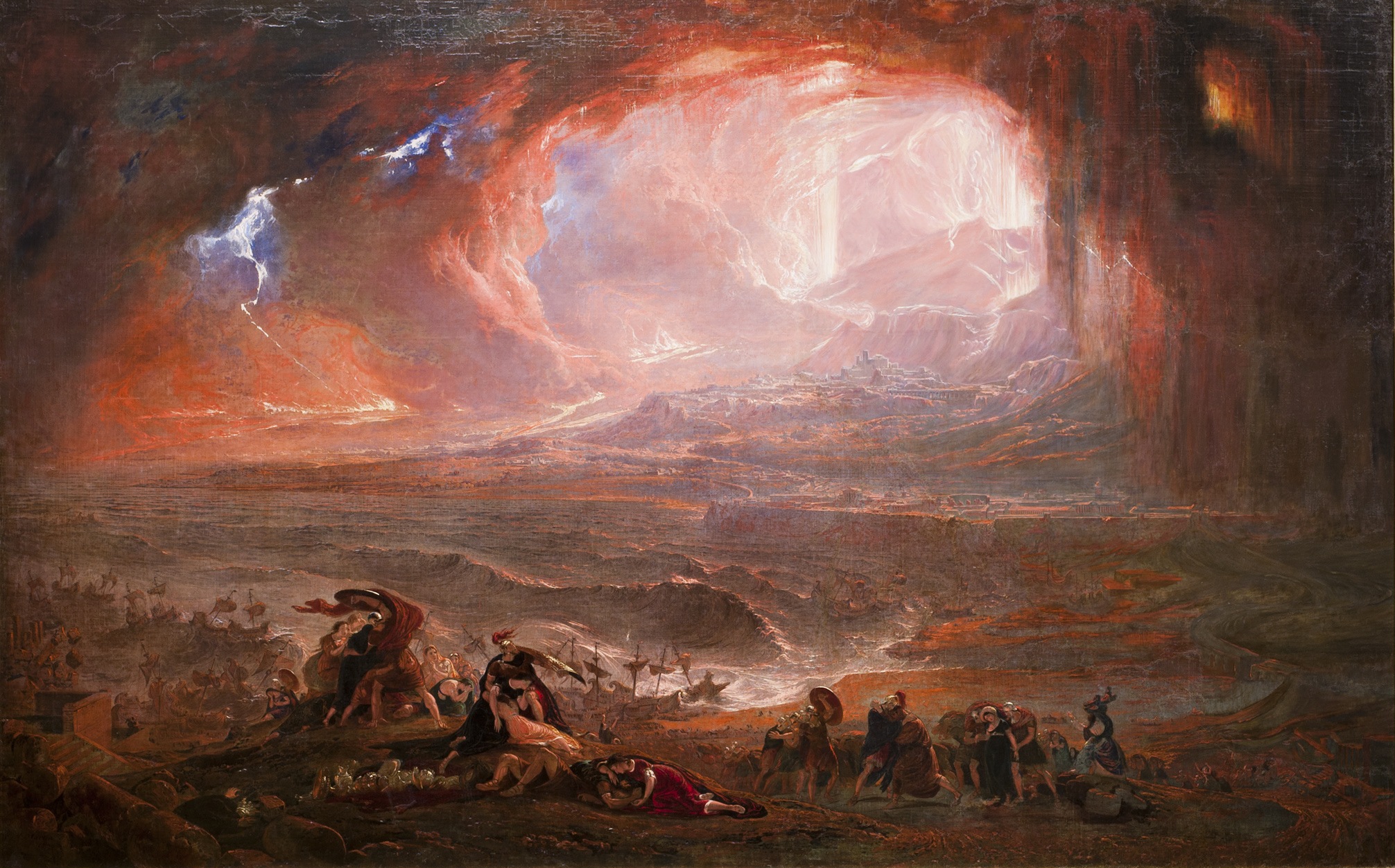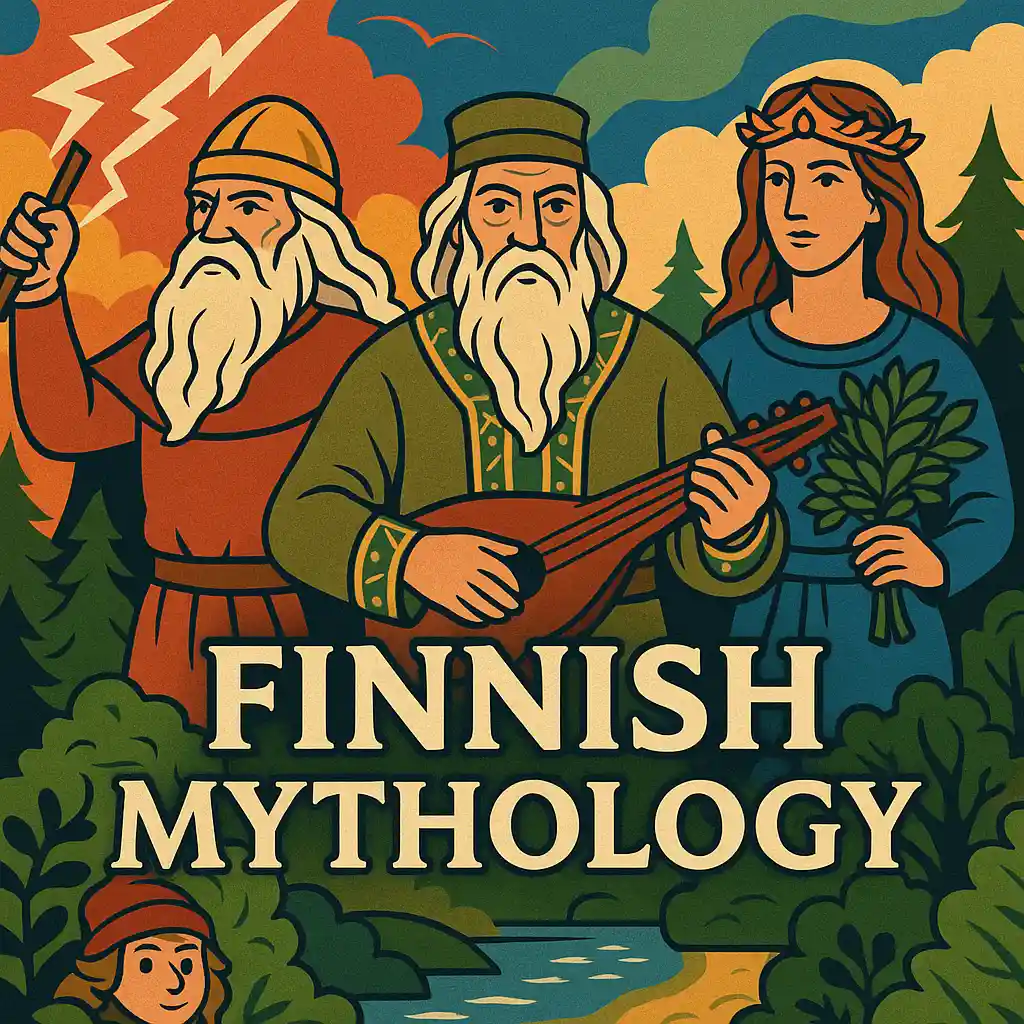
The history of Mother’s Day celebration stretches far beyond greeting cards and bouquets. While today it’s known as a time to spoil moms with gifts and love, the roots of this annual tradition are grounded in social activism, community welfare, and a daughter’s unwavering dedication. Let’s delve into how this cherished holiday evolved, and what it truly represents.
🌿 Ancient Beginnings: Motherhood as a Sacred Tradition
Before the modern observance of Mother’s Day, ancient civilizations honored motherhood through spiritual rituals. In ancient Greece, festivals were dedicated to Rhea, the mother of the gods. The Romans followed with their own celebration of Cybele during “Hilaria”, a festival filled with games and feasting.
These early customs laid the symbolic foundation for what would become the modern-day history of Mother’s Day celebration, placing the maternal figure at the center of family, fertility, and life itself.
🧼 The Vision of Ann Reeves Jarvis: Community and Care
In 19th-century America, a woman named Ann Reeves Jarvis began organizing “Mother’s Day Work Clubs.” These groups weren’t for celebrating; they focused on promoting hygiene, fighting disease, and supporting women through childbearing and caregiving challenges.
Her work reached a new level of significance during the U.S. Civil War when her clubs provided aid to soldiers from both the Union and the Confederacy. Ann’s mission was simple yet powerful: unite communities through the compassion of mothers.
💐 Anna Jarvis and the Birth of a National Day
The real turning point in the history of Mother’s Day celebration came with Anna Jarvis, Ann’s daughter. Deeply affected by her mother’s death in 1905, Anna sought to honor her mother’s legacy with a formal holiday.
In 1908, the first official Mother’s Day event took place at a church in Grafton, West Virginia. Anna’s determination bore fruit in 1914, when President Woodrow Wilson proclaimed the second Sunday in May as Mother’s Day — a day to honor the sacrifices and love of mothers across the country.
🛍️ From Meaningful Tribute to Market Opportunity
Ironically, Anna Jarvis would later fight against what Mother’s Day became. She envisioned the day as one of heartfelt letters and quiet reflection. Instead, it quickly turned into a commercial spectacle driven by card companies and florists.
Anna publicly opposed the holiday’s commercialization, going as far as filing lawsuits and staging protests. In her view, the true history of Mother’s Day celebration had been distorted by consumerism. Her efforts remind us that the day was meant to be about gratitude — not gift receipts.

🌍 A Global Celebration with Local Flavors
Today, Mother’s Day is celebrated worldwide, though each country adds its own twist:
-
United Kingdom celebrates Mothering Sunday during Lent, rooted in church traditions.
-
Ethiopia holds a multi-day festival called Antrosht, where families share meals and perform traditional dances.
-
Japan is known for gifting red carnations, symbolizing gratitude and affection.
-
Mexico celebrates on May 10th with music, serenades, and vibrant family gatherings.
While customs vary, the essence is the same — honoring the profound role of mothers in shaping society.
🧠 Why Understanding the History of Mother’s Day Celebration Matters
In a world moving quickly, reflecting on the origins of our traditions helps us reconnect with their purpose. The history of Mother’s Day celebration isn’t just about floral arrangements; it’s about resilience, nurturing, community building, and activism.
Knowing where this day comes from can transform the way we celebrate. A handwritten note, a shared story, or a moment of gratitude can mean more than any store-bought gift.

🔍 Further Insights into the Origins of Mother’s Day
For those interested in a deeper look at the social and political roots behind the history of Mother’s Day celebration, the Smithsonian Institution provides a compelling exploration of how the holiday was once tied to pacifist movements and women’s rights. You can read more about it in their official article on Mother’s Day’s complex history. This background enriches our understanding of how the day evolved beyond personal appreciation into a symbol of societal values.
❓ FAQ: The History of Mother’s Day Celebration
Q1: Who started Mother’s Day and why?
A: Anna Jarvis started it to honor her mother, Ann Reeves Jarvis, a community activist who believed in the power of maternal care.
Q2: What was the original goal of Mother’s Day?
A: To promote personal gratitude and reflection, not commercial gift-giving.
Q3: Why is Mother’s Day in May?
A: It was officially declared by President Wilson in 1914 to be celebrated on the second Sunday of May — the month of Ann Jarvis’s passing.
Q4: How is Mother’s Day different around the world?
A: While the spirit remains, countries like Japan, Ethiopia, and the UK add cultural and religious elements unique to their traditions.
Q5: Is the commercial aspect of Mother’s Day new?
A: No. It began shortly after the holiday’s national recognition. Anna Jarvis herself fought against it as early as the 1920s.




